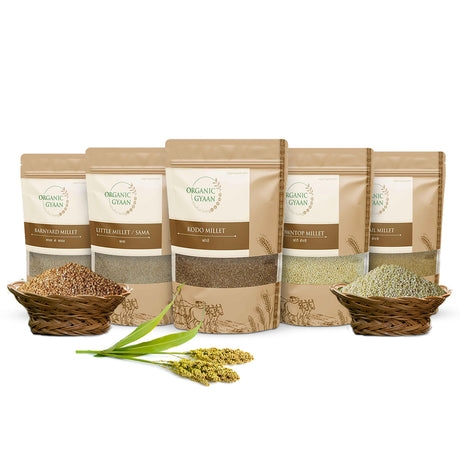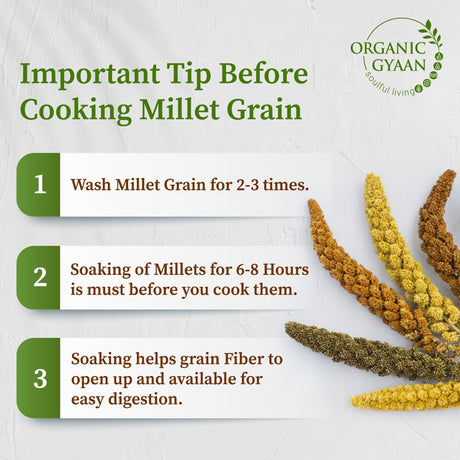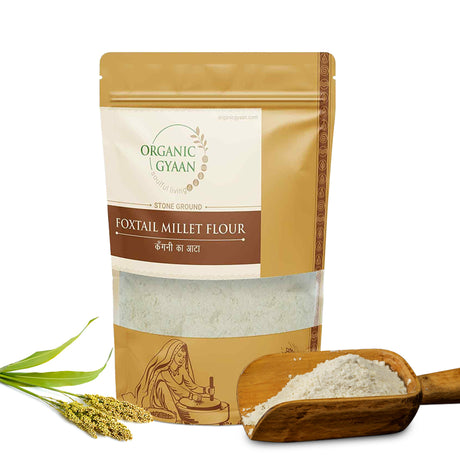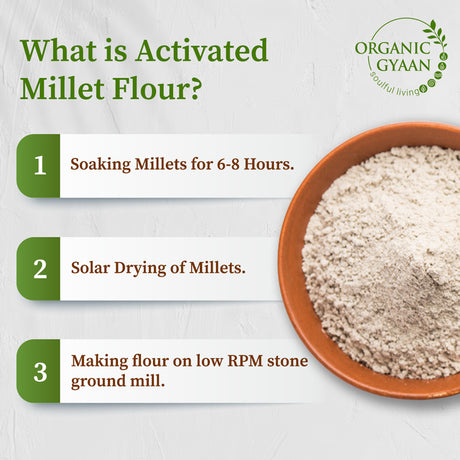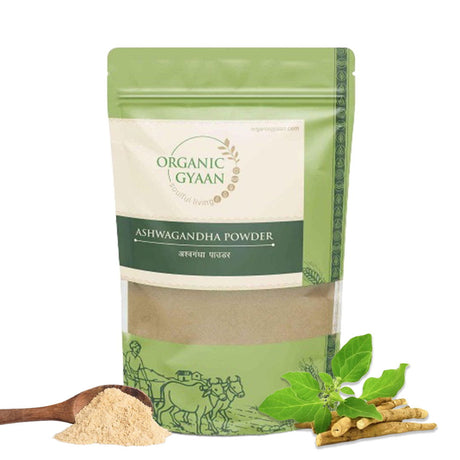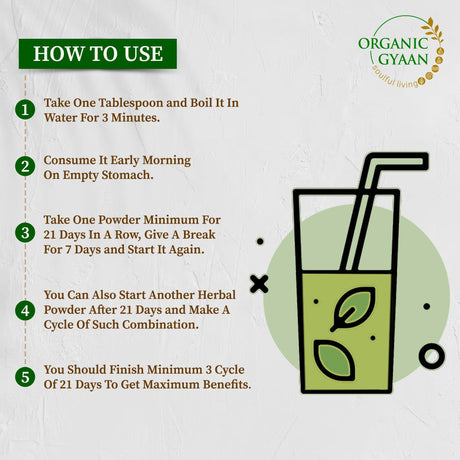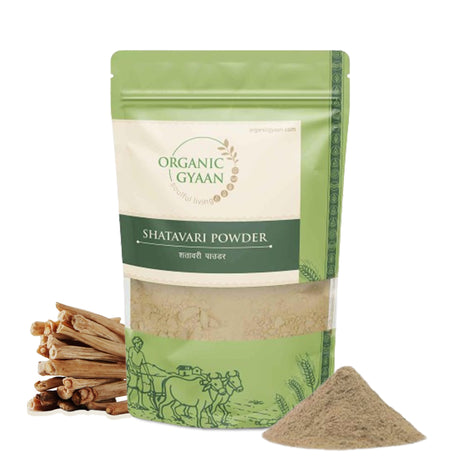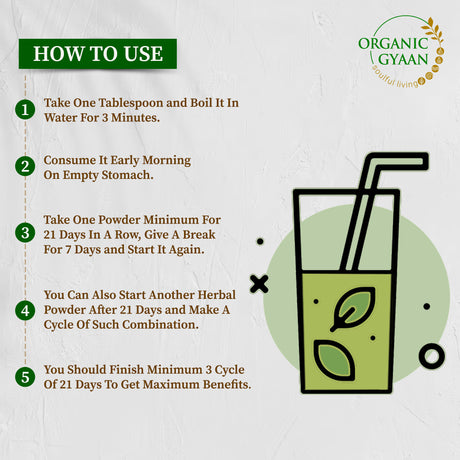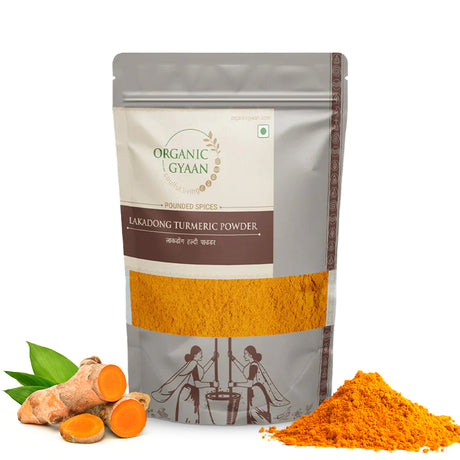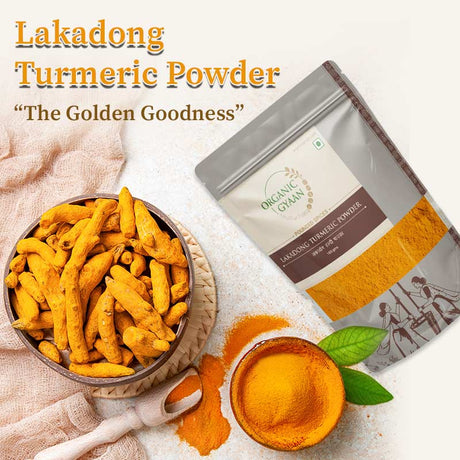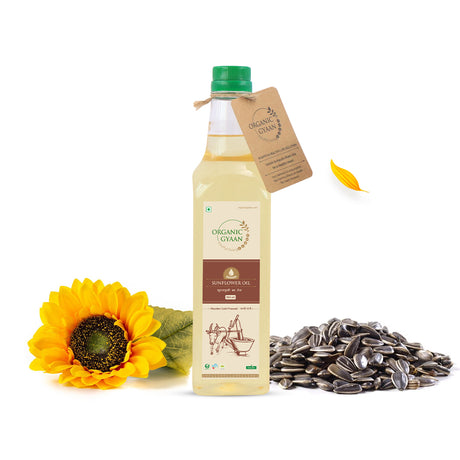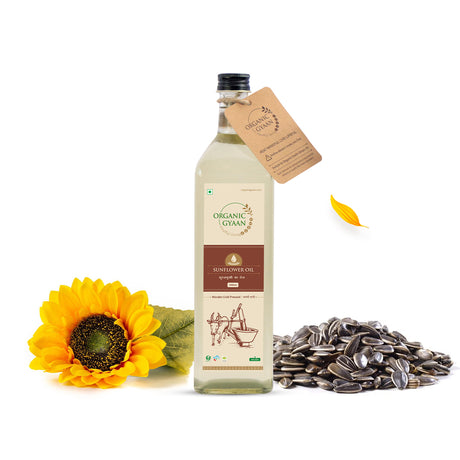Did you know that 2 to 10 out of every 100 pregnant women develop gestational diabetes during their pregnancy? That’s a significant number, and most women don’t even realize they have it until it shows up during a routine check-up.
If you’re pregnant or planning to be, this is an important topic to understand. In this blog, we’ll cover everything about gestational diabetes, including what it is, the symptoms to look out for, the common causes, and most importantly, how to manage it naturally and safely. Whether you're newly diagnosed or simply looking to prevent it, this guide offers practical advice that’s easy to follow.
What is Gestational Diabetes?
Gestational diabetes is a condition that develops during pregnancy when your body can’t make enough insulin to keep blood sugar levels in a healthy range. Insulin is a hormone that helps move sugar from your blood into your cells to use for energy.
During pregnancy, your body produces more hormones and goes through changes that make it harder for insulin to work. This is called insulin resistance. When your body can’t keep up with the increased demand for insulin, your blood sugar rises, leading to gestational diabetes.
It usually develops between the 24th and 28th weeks of pregnancy and goes away after the baby is born. However, if not managed properly, it can affect both the mother and the baby.
Gestational Diabetes Range
Blood sugar levels are checked using a glucose tolerance test. Here's what the numbers generally mean:
| Test Type | Normal Range | Gestational Diabetes Diagnosis |
|---|---|---|
| Fasting Blood Sugar | Less than 92 mg/dL | 92 mg/dL or more |
| 1 Hour After Glucose | Less than 180 mg/dL | 180 mg/dL or more |
| 2 Hours After Glucose | Less than 153 mg/dL | 153 mg/dL or more |
If your levels are higher than these, your doctor may diagnose you with gestational diabetes.
Causes of Gestational Diabetes
There’s no single cause, but several factors increase your risk:
- Hormonal changes during pregnancy that interfere with insulin.
- Being overweight or obese before pregnancy.
- A family history of type 2 diabetes.
- Being over the age of 25.
- Having polycystic ovary syndrome (PCOS).
It’s important to remember that gestational diabetes isn’t caused by something you did. It's simply how your body responds to pregnancy.
Gestational Diabetes Symptoms
Most women with gestational diabetes don’t notice any symptoms. That’s why routine screening is so important. However, some women may experience:
- Increased thirst
- Frequent urination
- Tiredness or fatigue
- Blurred vision
- More frequent infections, like urinary tract or yeast infections
If you notice these signs, it’s worth discussing them with your healthcare provider.
Why It’s Important to Treat Gestational Diabetes
When not managed, gestational diabetes can cause complications such as:
- Having a larger-than-normal baby, which may require a cesarean birth.
- Early delivery or complications during labor.
- High blood pressure during pregnancy (preeclampsia).
- Increased risk of the baby developing low blood sugar or breathing problems at birth.
- Greater chance of developing type 2 diabetes later in life-for both mother and child.
Thankfully, many women are able to manage gestational diabetes through diet, physical activity, and natural treatments.
Natural Treatments for Gestational Diabetes
While conventional treatments include regular monitoring and, in some cases, medication, many women can successfully manage their condition through natural approaches. Here’s a breakdown of some effective natural treatments.
1. Millets: A Natural Grain for Blood Sugar Control
What It Is:
Millets are traditional grains that are high in fiber and low in the glycemic index, meaning they release sugar slowly into the blood.
How It Helps:
Millets help control blood sugar by preventing sudden spikes. They also improve digestion and provide lasting energy.
How to Use:
Replace rice or refined wheat with millets such as foxtail, kodo, little, browntop, or barnyard millet. You can cook them into porridge, upma, khichdi, dosas, or use millet flour to make rotis.
2. A2 Cow Ghee: A Traditional Digestive Booster
What It Is:
This is clarified butter made from the milk of indigenous cows known for producing A2 beta-casein protein.
How It Helps:
A2 ghee supports digestion, reduces inflammation, and provides essential fats for baby’s brain development. It also helps balance hormones and enhances nutrient absorption.
How to Use:
Add a teaspoon to your meals-drizzle over rice, mix into lentils, or cook vegetables with it.
3. Cold-Pressed Oils: Clean and Healthy Fats
What It Is:
Oils that are extracted naturally without heat or chemicals, preserving their nutrients.
How It Helps:
Cold-pressed coconut, sesame, and groundnut oils contain healthy fats that help control sugar levels and support heart health.
How to Use:
Use coconut oil for cooking South Indian dishes, sesame oil for sautéing or salad dressing, and groundnut oil for general cooking.
4. Ayurvedic Herbal Powders: Gentle Support from Nature
What It Is:
Ayurvedic herbs like Triphala, Ashwagandha, and Neem are known to support blood sugar balance and reduce stress.
How It Helps:
- Triphala helps cleanse the digestive system.
- Ashwagandha helps manage stress, which can affect blood sugar levels.
- Neem may help maintain normal glucose metabolism.
How to Use:
Only take these herbs under medical supervision, especially during pregnancy. Typically, they are taken in warm water or milk in small amounts.
5. Stone-Ground Flours: A Better Alternative to Refined Grains
What It Is:
Flours made using traditional stone-grinding methods that preserve nutrients and fiber.
How It Helps:
Unlike refined flour, stone-ground flours like whole wheat, ragi, or multigrain digest slowly and help regulate blood sugar.
How to Use:
Use them to make chapatis, pancakes, or porridge. Ragi flour is especially good for energy and calcium during pregnancy.
6. Dry Fruits: Healthy Snacking for Blood Sugar Stability
What It Is:
Natural, chemical-free nuts and dried fruits such as almonds, walnuts, and raisins.
How It Helps:
They are rich in fiber, good fats, and nutrients. They keep you full, support brain health, and stabilize sugar levels.
How to Use:
Eat a small handful (soaked almonds, walnuts, or a few raisins) as a mid-morning or evening snack. Avoid salted or fried versions.
7. Natural Sweeteners: Safer Choices in Moderation
What It Is:
Natural sweeteners like organic jaggery, natural honey, and palm jaggery powder are unprocessed alternatives to white sugar. They are made using traditional methods and contain trace minerals, iron, and natural antioxidants that refined sugar lacks.
- Organic jaggery is made from sugarcane juice without chemicals or bleaching.
- Natural honey is a raw, unheated sweetener collected directly from bee hives.
- Palm jaggery powder is made from the sap of palm trees and has a rich, earthy flavor. It is also known for its higher iron and magnesium content.
How It Helps:
These sweeteners are healthier alternatives to refined sugar because they digest more slowly and do not cause sudden spikes in blood sugar levels when used in moderation. They also offer added nutrients that support energy and digestion.
How to Use:
- Add a small piece of organic jaggery to your tea or meals.
- Use natural honey in warm (not hot) water or drizzle it over snacks like porridge or toast.
- Mix palm jaggery powder into milk, porridges, or healthy desserts like ragi laddoos or millet kheer.
Important Note:
Even though these are more natural, they still contain sugar. Use them in small amounts and always monitor your blood sugar levels, especially if you have gestational diabetes.
Simple Day Plan Using Natural Remedies
Here’s a sample meal plan using the above natural treatments:
Morning: Millet upma with vegetables and a glass of warm water
Snack: Soaked almonds and walnuts
Lunch: Roti made with multigrain flour, dal with ghee, and sabzi
Evening: Herbal tea with a ragi-based snack
Dinner: Little millet khichdi with steamed vegetables
Bedtime: Warm milk (if tolerated) or mild herbal tea (only if advised by your doctor)
Lifestyle Tips That Make a Difference
Natural treatments work best when combined with healthy daily habits:
- Exercise daily: A 30-minute walk or prenatal yoga helps balance sugar levels.
- Manage stress: Practice deep breathing, meditation, or light reading to stay calm.
- Stay hydrated: Drink at least 8-10 glasses of water every day.
- Get proper sleep: Rest is essential for hormone balance and healing.
Conclusion
Gestational diabetes may seem overwhelming at first, but with the right knowledge and natural support, it’s manageable. By understanding the gestational diabetes range, recognizing the gestational diabetes symptoms, and addressing the causes of gestational diabetes, you can take simple and effective steps to care for your health during pregnancy.
Natural treatments like millets, A2 ghee, cold-pressed oils, stone-ground flours, dry fruits, herbal powders, and natural sweeteners offer gentle yet powerful support. Combined with healthy lifestyle habits, they can help you enjoy a safer and healthier pregnancy.
Always consult your doctor before making dietary changes or using herbal remedies, especially during pregnancy. But remember-you have the power to support your body naturally, one nourishing choice at a time.

